High Pressure Multi Channel Rotary Joint
Original price was: $120.00.$110.00Current price is: $110.00.- Maximum pressure: 40MPa
- Maximum temperature: 120 ℃
- Maximum speed of use: 200 rpm
- Media: Water, Hydraulic oil,Compressed air
A rotary union joint, also known as a rotary union or swivel joint, is a mechanical device designed to transfer fluids (liquids or gases) from a stationary source to a rotating component, such as a drum, spindle, or cylinder. Its primary function is to enable the safe and efficient flow of media—like water, steam, oil, coolant, air, or hydraulic fluids—between stationary piping and rotating machinery, all while preventing leaks and maintaining uninterrupted operation.
Designed for high-pressure fluid power systems, hydraulic rotary joints ensure leak-free transmission of hydraulic oil in applications like CNC machines, injection molding equipment, and robotic arms. They often feature robust seals and precision bearings to handle torque and axial loads, supporting hydraulic fluid transfer under demanding conditions.
Optimized for air and gas applications, pneumatic rotary joints are essential in conveyor systems, packaging machinery, and pneumatic tools. These units prioritize low-friction operation to maintain consistent air pressure, enabling efficient power transmission in pneumatic control systems.
Engineered for applications requiring rapid rotation, such as wind turbines, printing presses, and textile machinery, high-speed rotary joints minimize vibration and heat generation. Their aerodynamic designs and advanced lubrication systems ensure stable performance at rotational speeds exceeding 10,000 RPM.
Used in extreme environments like oil refineries, power plants, and steel mills, these joints withstand temperatures up to 600°C and pressures over 5,000 PSI. Materials like stainless steel, tungsten carbide, and PTFE seals make them suitable for transferring steam, molten salt, or corrosive fluids.
Rotary joints are essential for transferring various fluids in industrial settings, supporting processes like cooling, heating, and lubrication in rotating equipment.
They play a crucial role in temperature control applications, such as in printing presses, plastic molding, textile manufacturing, and paper production, by circulating heating or cooling fluids through rotating parts.
Rotary joints deliver pressurized fluids to rotating actuators, motors, or cylinders, enabling controlled movement and power transfer in machinery.
These joints are engineered to handle high rotational speeds and a wide range of pressures and temperatures, making them suitable for high-speed machining, centrifuges, turbines, and more.
There are specialized rotary joints, such as seawater corrosion-resistant rotary joints for marine environments, and RF rotary joints for transmitting high-frequency signals in radar, satellite communication, and antenna testing systems.
Rotary joints integrate seamlessly into systems requiring rotational fluid transfer, including:
Lathes, milling machines, and automation systems rely on them for coolant and lubricant supply.
Aircraft fuel systems and landing gear mechanisms use lightweight, high-reliability joints.
Wind turbine pitch control, solar tracker systems, and oil rig swivels depend on durable rotary unions.
Hygienic joints with FDA-compliant materials ensure safe transfer of liquids in processing equipment.
Ship cranes, steering systems, and subsea machinery utilize corrosion-resistant designs.
Advanced sealing technologies (mechanical face seals) reduce maintenance downtime and fluid loss.
Precision ball or roller bearings minimize rotational resistance, enhancing system efficiency.
Self-lubricating components and modular structures simplify installation and extend service life.
Engineers can specify configurations for axial length, port orientation, and material compatibility to meet unique application needs.
Showing all 23 resultsSorted by price: high to low
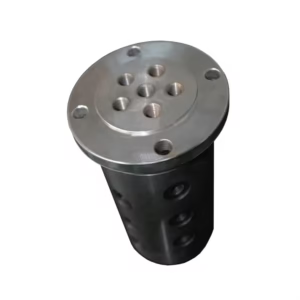
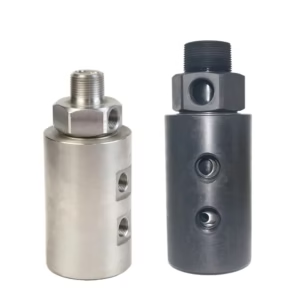

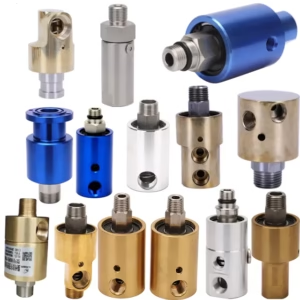
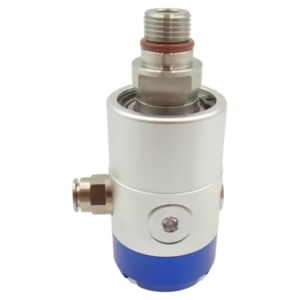

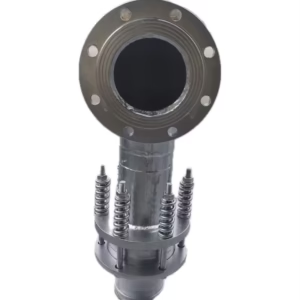
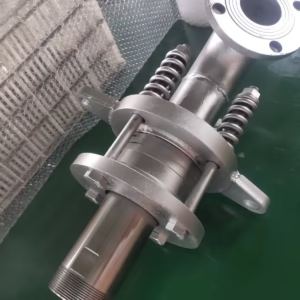
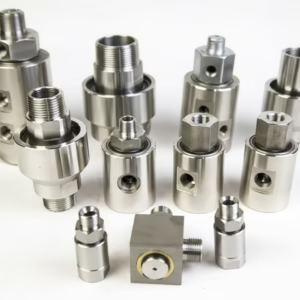
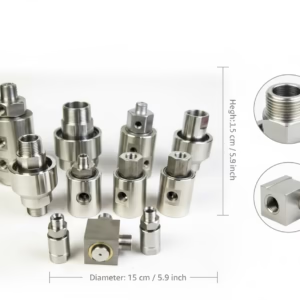
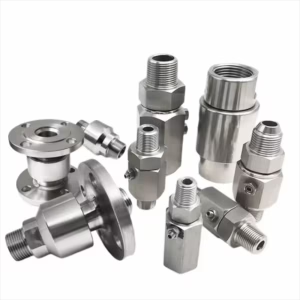
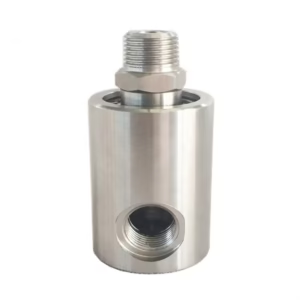
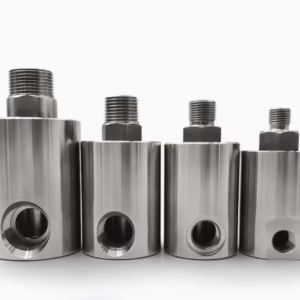
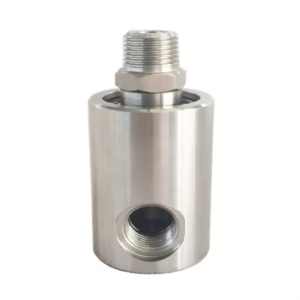



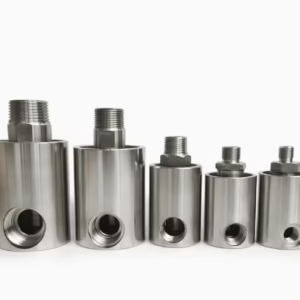


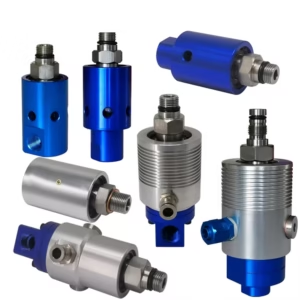
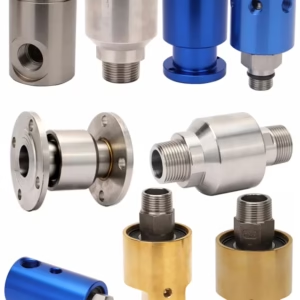
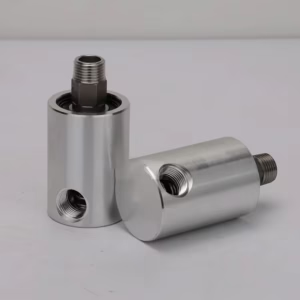
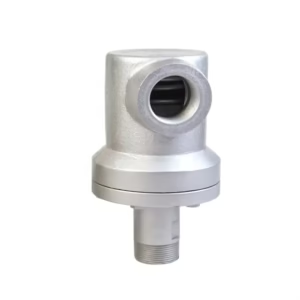
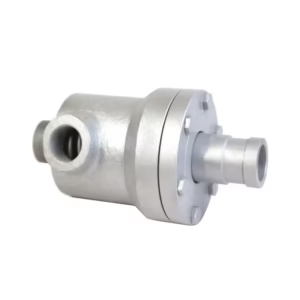
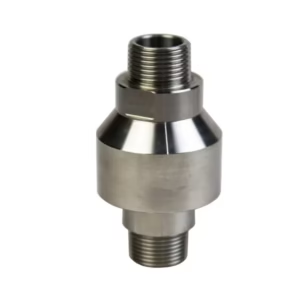
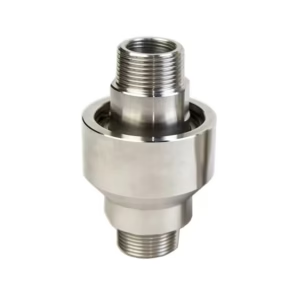
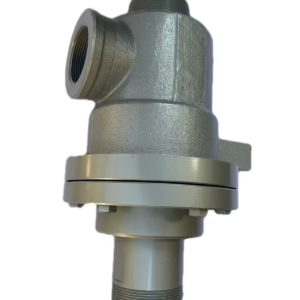


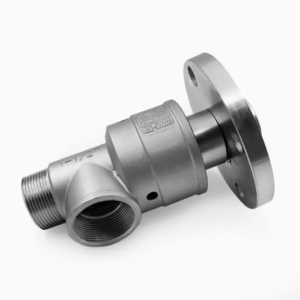

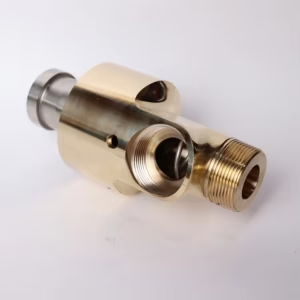

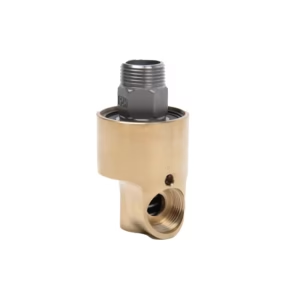

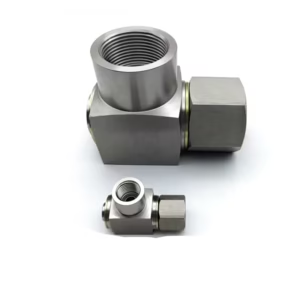
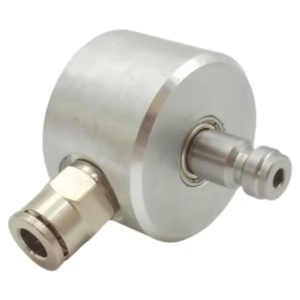
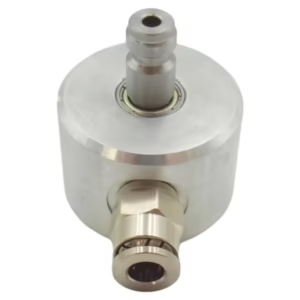
THE WORLD'S LEADING ROTARY UNIONS MANUFACTURERS